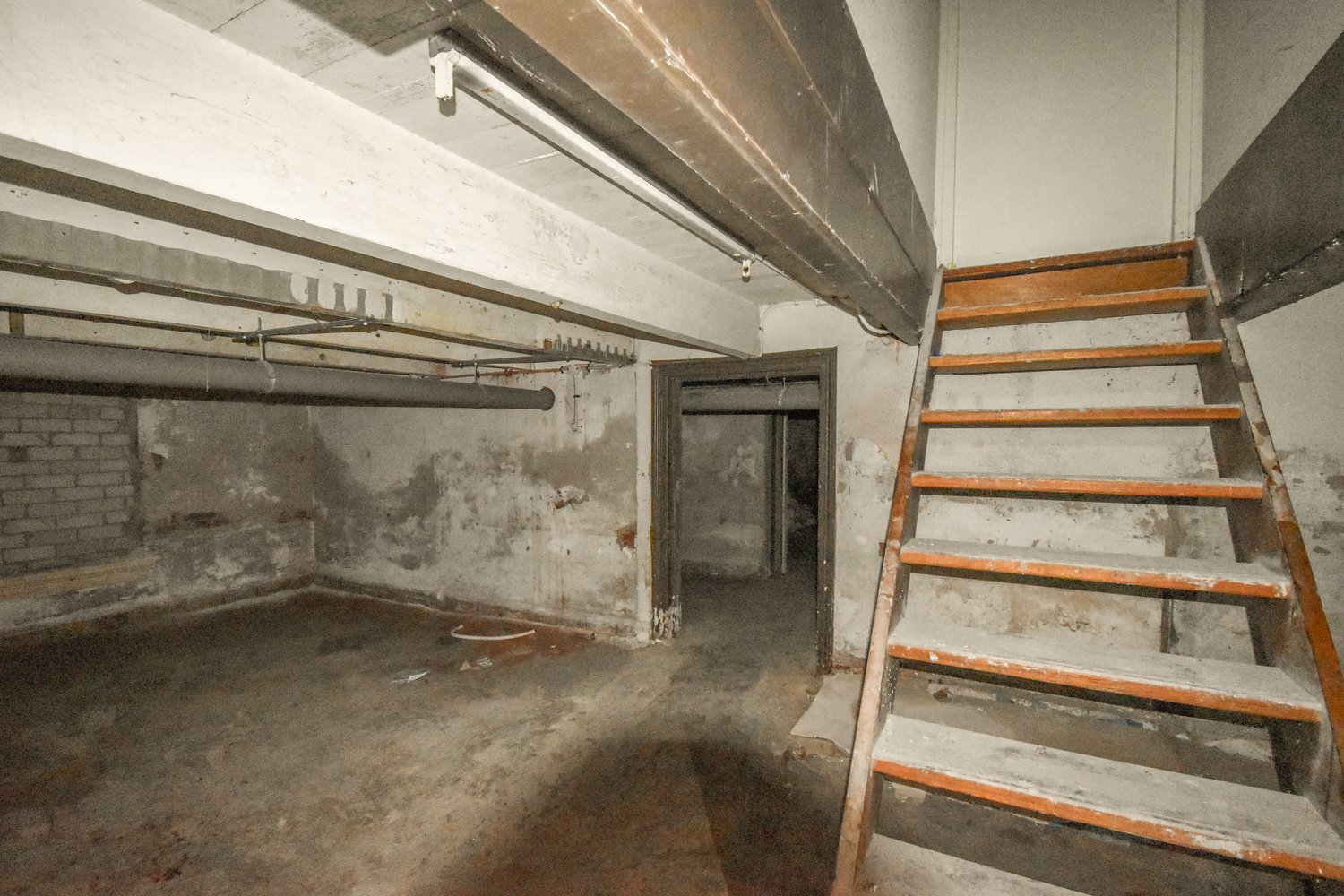When water starts pooling where it shouldn’t, like in your basement, it’s not just a structural concern—it could spell disaster for your home and possessions. Understanding the reasons behind such flooding and knowing how to swiftly respond can save thousands in potential damages. Dive into this guide to uncover the causes, emergency solutions, and preventive measures to keep your basement safe and dry, no matter what Mother Nature throws your way.
- Learn why poor drainage, heavy rains, and foundation issues are often culprits behind basement floods.
- Discover waterproofing strategies and drainage solutions that safeguard your home from future incidents.
- Get step-by-step guidance on emergency actions to minimize water damage when a flood strikes.
- Explore equipment and techniques tailored to your home for long-term flood prevention and peace of mind.
By equipping yourself with this knowledge, you’ll be ready to tackle flooding challenges head-on and implement strategies that protect both your home and your sanity. Continue reading to empower your home defense efforts against unwanted water intrusions.
Understanding the Causes: Why Is My Basement Flooding? Emergency Steps and Prevention Guide
Basement flooding is a troubling issue for many homeowners. It can lead to costly repairs and significant inconvenience. Understanding the root causes is crucial for effective prevention. One of the primary reasons for basement flooding is poor drainage systems. When rainwater is not directed away from your home’s foundation, it can accumulate and seep into the basement.
Heavy rainfall is another common culprit. Excessive rain can overwhelm existing drainage systems, causing water to infiltrate your basement. During stormy seasons, keeping an eye on weather forecasts is vital.
Foundation issues, such as cracks or inadequate waterproofing, can also contribute to basement flooding. If your foundation has weak points, water can find its way inside, causing damage over time. Regular inspections can help spot these problems before they escalate.
Identifying the source of water entry is the first step in developing an effective strategy to tackle and prevent water damage. By addressing these common causes, you can significantly reduce the risk of a flooded basement.
Waterproofing and Drainage Solutions
Taking proactive measures to waterproof and enhance drainage around your home can protect your basement from future flooding. One essential solution is installing sump pumps. These devices efficiently remove accumulated water from the basement, pumping it away from the foundation.
Improving drainage around your home is equally important. Ensure that your gutters and downspouts are clean and redirect rainwater at least three feet away from your home. Sloping the ground away from your home’s foundation also helps to minimize water pooling near the basement.
Waterproofing walls and floors adds an extra layer of protection. Applying waterproof sealants and using materials designed to resist moisture can prevent water penetration.
Exploring these solutions can help you achieve a dry, secure basement. By investing in reliable waterproofing and drainage techniques, you’ll safeguard your home against potential water damage.
Emergency Response: Why Is My Basement Flooding? Immediate Action Steps
When faced with a basement flood, acting swiftly is essential to minimize water damage and ensure the safety of your property. Understanding and executing the appropriate emergency response can prevent extensive costs and hazards.
Step 1: Ensure Safety First
Before entering the flooded area, consider the safety implications. Water and electricity are a dangerous mix. Immediately shut off the electricity supply to the basement from your home’s main electrical panel. If the panel is in the flooded area, contact a professional or your utility company to do it safely.
Step 2: Stop the Water Source
Identify the cause of the water intrusion. If it’s from a burst pipe or appliance, turn off the main water supply to prevent further flooding. In cases of severe weather, divert water away from your home using sandbags or temporary barriers.
Step 3: Begin Water Removal
Use a wet/dry vacuum or sump pump to begin removing water. Always wear protective gear, such as rubber boots and gloves, to avoid contamination. If the flooding is severe, contact professional water removal services that specialize in dealing with such situations.
Step 4: Ventilate the Area
Once most of the water is eliminated, ventilate the area by opening windows and using fans and dehumidifiers. This helps reduce the risk of mold and mildew growth, which can occur within 24 to 48 hours after flooding.
Step 5: Document the Damage
For insurance claims, take photos and videos of the flood damage. List any items affected and keep receipts for any emergency repairs made. This documentation will be invaluable for insurance purposes and when assessing further restoration needs.
Long-term Prevention Strategies for Dry Basements
To maintain a dry basement, it’s important to implement effective, long-term prevention strategies. Regular maintenance and home upgrades can greatly reduce the risk of future floods.
Routine Maintenance Checks
Schedule regular inspections of your home’s foundation and basement for signs of moisture, cracks, or leaks. Maintain gutters and downspouts to ensure they direct water away from your home effectively.
Professional Inspections
Hire a professional to assess your basement for potential vulnerabilities at least once a year. Experts can provide valuable insights and recommend solutions, such as basement waterproofing methods and drainage improvements.
Updating Home Infrastructure
Consider upgrading older infrastructure with more effective flood prevention tools and materials. Installing quality sump pumps with battery backups, French drains, and vapor barriers can keep your basement dry year-round.
By maintaining a proactive approach through these long-term strategies, you can safeguard your basement against potential flooding. Keeping your home’s infrastructure updated and routinely monitored is key to protecting your property.
Evaluating and Choosing the Right Equipment: Why Is My Basement Flooding? Prevention Tools and Techniques
When facing basement flooding issues, selecting the right prevention tools and techniques is crucial in safeguarding your home. This guide will help you navigate the essential equipment needed to keep your basement dry and protected from water damage.
Begin by evaluating your home’s specific needs and the common causes of basement flooding. Whether it’s due to poor drainage systems, soil saturation, or plumbing failures, understanding these factors will guide you in devising an effective flood prevention strategy.
Sump Pumps: These are one of the most vital tools for managing excess water in your basement. Installing a reliable sump pump can automatically remove water accumulation during heavy rain or groundwater rise. Consider models with a battery backup to ensure operation during power outages, a common occurrence during storms.
Dehumidifiers: High humidity levels in the basement can contribute to mold growth and structural damage. A high-capacity dehumidifier will help maintain optimal moisture control. Look for energy-efficient models that offer continuous drainage options for hassle-free operation.
Drainage Systems: Improving exterior and interior drainage can significantly reduce the risk of basement flooding. Options such as French drains and gutter extensions effectively divert water away from your foundation. Ensure that your drains are regularly cleaned and maintained to function at peak efficiency.
Waterproofing Sealants: Applying waterproof sealants to basement walls and floors adds an extra layer of protection against water seepage. Choose high-quality, eco-friendly sealants that prevent moisture intrusion and bolster the durability of your basement structure.
When assembling these tools, consider professional consultancy for tailored advice aligned with your property characteristics. Combining these prevention techniques can form a robust defense system for a consistently dry basement.
Share your experiences with these tools and techniques to help others make informed choices for their homes.
Frequently Asked Questions about Basement Flooding
What are the main causes of basement flooding?
Common causes include poor drainage systems, heavy rainfall, and foundation issues.
How can I prevent basement flooding?
Use sump pumps, ensure proper home drainage, and waterproof walls and floors.
What should I do immediately if my basement floods?
Shut off utilities, remove water safely, and call professionals if needed.
Is professional help necessary for waterproofing?
Yes, hiring a professional can ensure thorough and effective waterproofing solutions.
What are the benefits of a sump pump?
Sump pumps help in removing excess water and preventing basement flooding.





